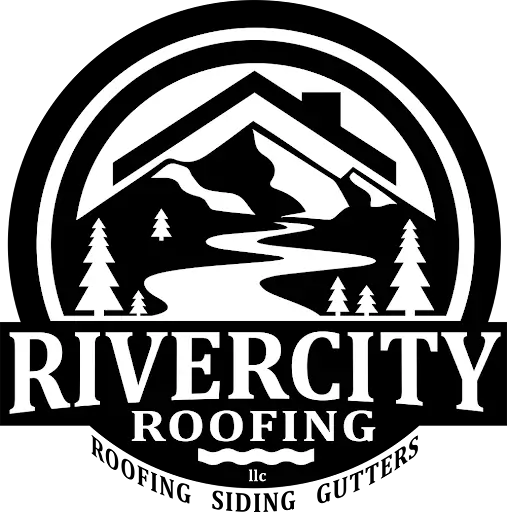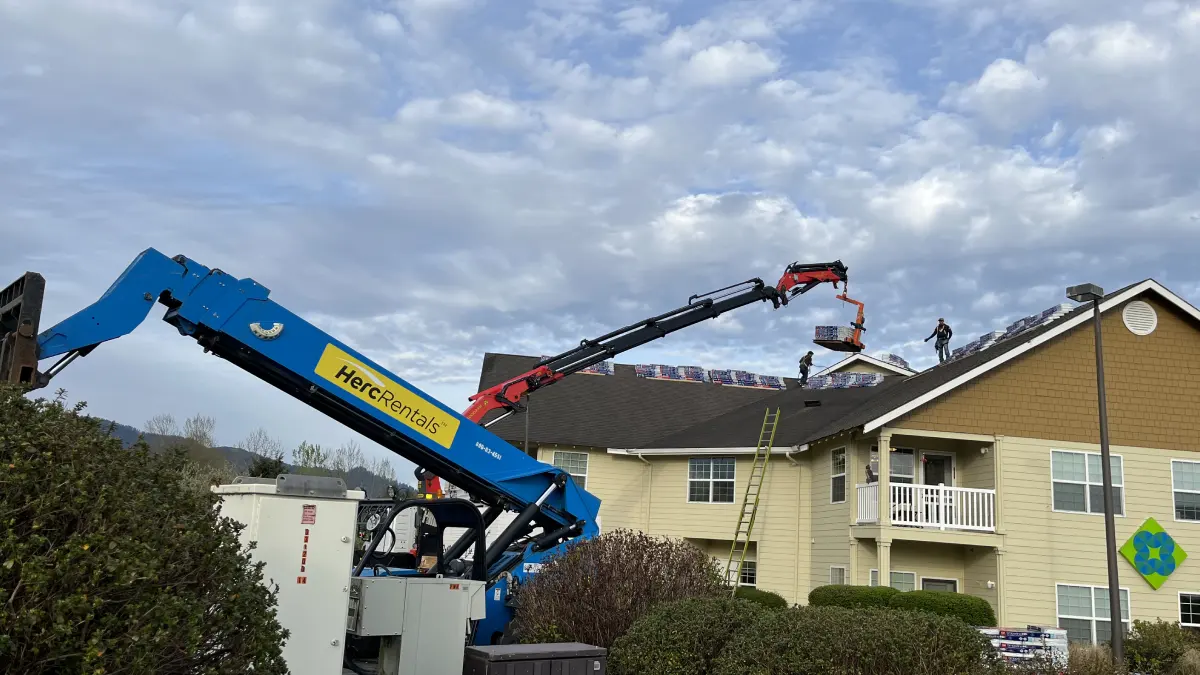Regular maintenance and timely inspections are crucial for the longevity and performance of commercial roofs. A comprehensive commercial roof inspection helps identify potential issues before they escalate into costly repairs. For any commercial building, periodic inspections are essential to maintain the roof’s integrity and longevity. Property owners and facility managers who prioritize these inspections can prevent water damage, extend roof life, and ensure the safety of occupants.
This guide offers a step-by-step approach to conduct a thorough commercial roof inspection. It covers pre-inspection planning, rooftop assessment techniques, and interior moisture detection methods. By following this checklist, roofing professionals can perform effective inspections, document findings accurately, and make informed decisions about roof maintenance and repairs. Whether you’re a roofing contractor or a property manager, this resource will help you navigate the complexities of commercial roof inspections with confidence.
Pre-Inspection Planning and Preparation
Effective commercial roof inspections require a comprehensive commercial roof inspection plan, emphasizing thorough planning and preparation. This phase sets the foundation for a comprehensive assessment, ensuring that no critical aspects are overlooked during the inspection process.
Reviewing Building History
A crucial first step in pre-inspection planning involves examining the building’s records and plans. This review helps roofers identify potential issues that may require special attention during the inspection. Key elements to consider include:
- Roof age and warranty information
- Previous repair or maintenance records
- Building blueprints and structural details
By analyzing this information, inspectors can better understand the roof’s lifecycle and anticipate areas of concern. This knowledge may influence repair options and potentially save customers money, especially if certain parts of the roof are failing prematurely.
Coordinating with Property Management
Effective communication with property management is essential for a successful inspection. This coordination involves:
- Scheduling the inspection at an appropriate time
- Gaining necessary access to the building and roof areas
- Gathering information from building occupants
Talking to residents or employees can provide valuable insights into existing leaks or other roofing problems. Their day-to-day experiences with the building can highlight issues that might not be immediately apparent during a visual inspection.
Creating a Commercial Roof Inspection Checklist
To ensure a thorough and systematic approach, it’s important to create a comprehensive commercial roof inspection checklist. This checklist should include:
- Interior inspection points (e.g., ceilings, walls for water stains)
- Exterior roofing components (e.g., surface membranes, flashings, gutters)
- Structural elements (e.g., roof deck, building envelope)
- Safety considerations and equipment needed
A well-prepared checklist helps inspectors methodically assess all critical areas of the roof and building structure, reducing the risk of overlooking potential problems.
Comprehensive Rooftop Assessment
A thorough commercial roofing inspection is crucial for identifying potential issues and ensuring the longevity of a commercial roof. This process involves careful inspection of various components and areas that are prone to damage or deterioration.
Inspecting Seams and Flashings
Flashing plays a vital role in protecting a commercial roof from water infiltration. A professional roof inspector carefully examines the flashing around edges, corners, and roof penetrations. They look for signs of damage, such as cracks, blisters, or areas where the flashing may be pulling away from the surface. Various materials are used for flashing, including rubber membranes, aluminium sheets, and lead sheets. Each type has its unique properties and potential issues to watch for during inspection.
Checking for Ponding Water
Ponding water is a significant concern on commercial roof surfaces. Inspectors look for areas where water accumulates and remains for more than 48 hours after rainfall. Signs of long-term standing water include discolouration, algae growth, and debris build-up. Ponding can lead to structural shifts, membrane damage, and even roof collapse if left unaddressed. Inspectors also check gutters and drainage systems for blockages that may contribute to water accumulation.
Evaluating Roof-Mounted Equipment
Roof-mounted equipment, such as HVAC units, exhaust fans, and photovoltaic systems, requires careful inspection. Roofers examine these units for signs of rust, corrosion, or loose components that could become hazardous during high winds. They also inspect the connections between the equipment and the roof surface, looking for potential leak points or structural weaknesses. Proper maintenance of this equipment not only ensures roof integrity but also prolongs the life of the units themselves.
Throughout the assessment, inspectors remain vigilant for other issues, such as membrane cracks, punctures, or tears that could compromise the roof’s waterproofing ability. They also look for signs of biological growth, which can indicate ongoing moisture problems. By conducting a comprehensive rooftop assessment, commercial property owners can identify and address issues early, potentially saving significant costs in repairs and extending the life of their roofing system.
Interior Inspection and Moisture Detection
Attic and Ceiling Examination
A thorough interior inspection begins with examining the attic and ceiling areas. Inspectors look for visual signs of water damage, such as discolouration, water stains on ceilings and walls, and peeling paint or wallpaper. Structural deformations, including warped floors, bulging walls, or ceilings, often indicate water’s adverse effects on building materials.
In the attic, inspectors verify that the ventilation system is balanced and working properly. An effective ventilation system helps prevent condensation build-up, which can lead to mold, mildew, and ice dams. They also check insulation for water damage or insufficient coverage. Dark spots on the underside of the roof deck and rafters may indicate mold growth, and inspectors determine if these are active issues or previously addressed problems.
Using Moisture Meters and Infrared Cameras by Roof Inspector
Professional roofing contractors use moisture meters and infrared cameras as essential tools for detecting hidden water damage. Infrared thermography, or thermal imaging, has been used since the 1970s to inspect flat and low-slope roofs to check for moisture entrapment. This technology is excellent at finding and documenting problem areas during roof inspections.
Thermal imaging cameras create detailed maps of commercial low-slope roofs, showing where excess moisture is trapped, potential leak sources, or areas with soaked insulation. These cameras detect temperature differences as small as 2 to 4 degrees, allowing inspectors to identify wet areas that retain heat longer than dry areas.
Identifying Hidden Water Damage
Water leaks can often hide behind walls or ceilings, making them difficult to detect visually. Inspectors look for additional signs such as:
- Musty odors
- Staining or warping of ceiling tiles
- Bulging paint or wallpaper
- Visible mold growth
- Damp or wet spots on walls or ceilings
Professional water damage restoration companies utilize state-of-the-art equipment and techniques to detect hidden leaks and assess the extent of damage accurately. They offer comprehensive leak detection and remediation services, addressing not only immediate issues but also identifying underlying causes and implementing long-term solutions.
To prevent future water damage, building owners should implement regular maintenance schedules to inspect plumbing fixtures, appliances, and building systems for signs of leaks. Investing in moisture detection devices and leak detection systems can help monitor water levels and alert property managers to potential leaks in real time.
Conclusion
Commercial roof inspection services play a crucial role in maintaining the integrity and longevity of buildings. This guide has outlined key steps to perform a thorough assessment, from pre-inspection planning to comprehensive rooftop evaluation and interior moisture detection. By following these guidelines, property owners and managers can identify potential issues early, preventing costly repairs and ensuring the safety of occupants.
Regular roof inspections have a significant impact on the overall health of commercial roofs. They enable timely interventions, extend roof life, and help in making informed decisions about maintenance and repairs. To wrap up, implementing a systematic approach to roof inspections not only protects the investment in the building but also contributes to the comfort and well-being of those who use the space daily.
FAQ
To effectively maintain a commercial roof and extend its lifespan, follow these seven crucial tips:
– Select the appropriate roofing material that suits your building’s needs.
– Understand the specifics of your warranty and adhere to the recommended maintenance schedule.
– Organize regular inspections to catch and address issues early.
– Keep the roof surface clean from debris and dirt.
– Address any roofing problems immediately upon detection.
– Regularly trim any branches that overhang your roof to prevent damage.
– Minimize the amount of foot traffic on the roof to avoid unnecessary wear and tear.
The main goal of a roof inspection is to assess the current condition of a roof to ensure it is performing as intended. If there are any performance issues, the inspection will help identify them so that a roofing professional can recommend necessary repairs or adjustments.
During a commercial roof inspection, inspectors check for various factors to assess the roof’s condition. They may take core samples to determine how many roofing layers are present, assess moisture levels, and estimate the roof’s age. This information is vital for diagnosing potential issues and planning necessary repairs or replacements.



Comments are closed